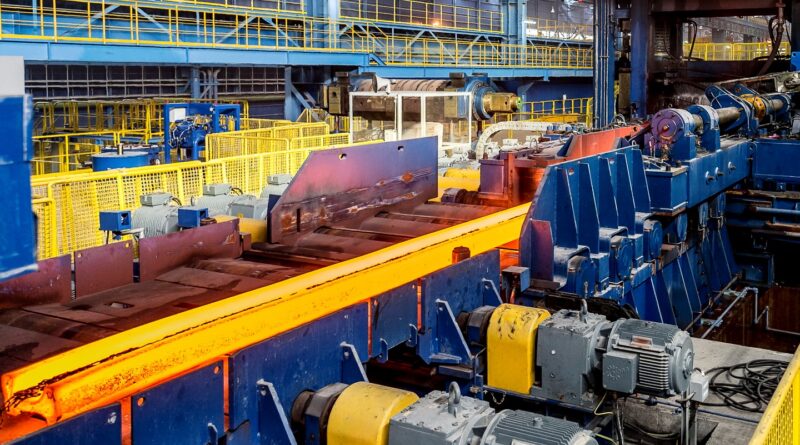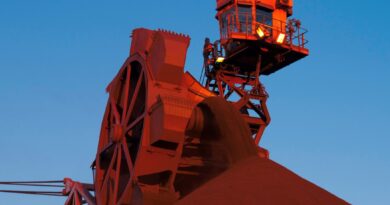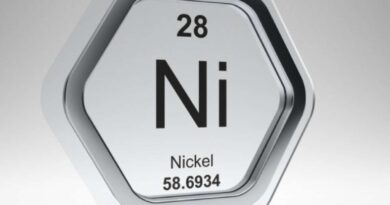Ovako to preheat steel with hydrogen prior to rolling
Sweden’s largest fossil free hydrogen facility is now being built with the goal of greatly reducing CO2 emissions, developing local industrial hydrogen production, and taking the first step towards a future hydrogen infrastructure for the transport sector.
Ovako is starting collaboration with the Volvo Group, Hitachi ABB Power Grids Sweden, H2 Green Steel and Nel Hydrogen to invest in hydrogen production in Hofors. The electrolyser for the production of fossil-free hydrogen will be installed at Ovako’s site in Hofors and is expected to be completed by the end of 2022, provided that permits are secured as planned.
The 17 MW plant will generate 3,500 cubic meters of fossil free hydrogen per hour. The conversion to hydrogen will enable Ovako to reduce its CO2 emissions for steel production in Hofors by 50% from already low levels.
The investment of approximately SEK 180 million is supported by the Swedish Energy Agency via the Industriklivet initiative. The plan is for local hydrogen production to be used in all of Ovako’s units where steel is rolled by 2030, provided that there is a good supply of fossil-free electricity.
The new hydrogen plant in Hofors will make Ovako the first in the world to heat steel with hydrogen prior to rolling, and is the next major step towards climate-neutral steel production. The technical solution will also enable large-scale and cost-effective production of hydrogen for applications like fossil-free freight using fuel-cell trucks. With installations at multiple locations, this could enable a network with locally produced fossil-free hydrogen available for the transport sector.
Ovako is now initiating cooperation with several key players in Swedish and Norwegian industry. The initiative is also supported by the Swedish Energy Agency, with the shared goal of establishing industry-wide use of fossil-free hydrogen, expanding awareness of the potential of this fuel, and achieving cost-effective production. A filling station for hydrogen-powered heavy vehicles is intended to be built beside the hydrogen plant.
This technical solution provides high-temperature processes in steel production with fossil-free hydrogen and oxygen, and thus replaces fossil fuels. With a greater need for oxygen than hydrogen in the steel industry, there are also good opportunities for cost-effective and large-scale use of hydrogen in other areas, such as fossil-free freight with fuel cell trucks.
The solution can be used flexibly and can therefore contribute to improved electricity grid stability, which in turn allows for a higher proportion of renewable energy sources. Furthermore, the residual heat can be utilized in district heating networks.



